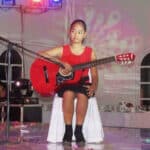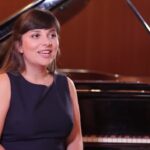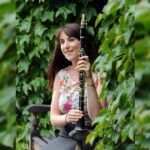


Meet Johanna, a professional singer with single-sided deafness who received her cochlear implant in 2009 after losing her hearing from meningitis. She shares how the road to music appreciation is not always an easy one, and what challenges she faced along the way. Based in the US, she now works for MED-EL helping people around the world with a cochlear implant to once again appreciate music.

Meet our in-house musicologist Johanna who is a music professional and a cochlear implant recipient with single-sided deafness. Find out all about Johanna's hearing journey in this article.

If you’re a hearing implant recipient, or you know someone with a hearing implant, look no further than our guide for the best gifts for a hearing implant user! We’ve got ideas for the sporty ones, for the musical at heart, the creatives, the quiet learners, and the travelers.

Using auditory closure exercises can help your child with cochlear implants as they start developing listening and speaking skills. Find out what this valuable and enjoyable method is, and try it out yourself with the help of these tips.

Born deaf, 29-year-old Ruth is a singer and has a passion for music. Despite the barriers of hearing loss, Ruth began learning the clarinet at 8-years-old while using high-powered hearing aids. After hearing aids weren’t giving her the performance she needed, Ruth got her first CI at 13 years old. Ten years later at 23 years